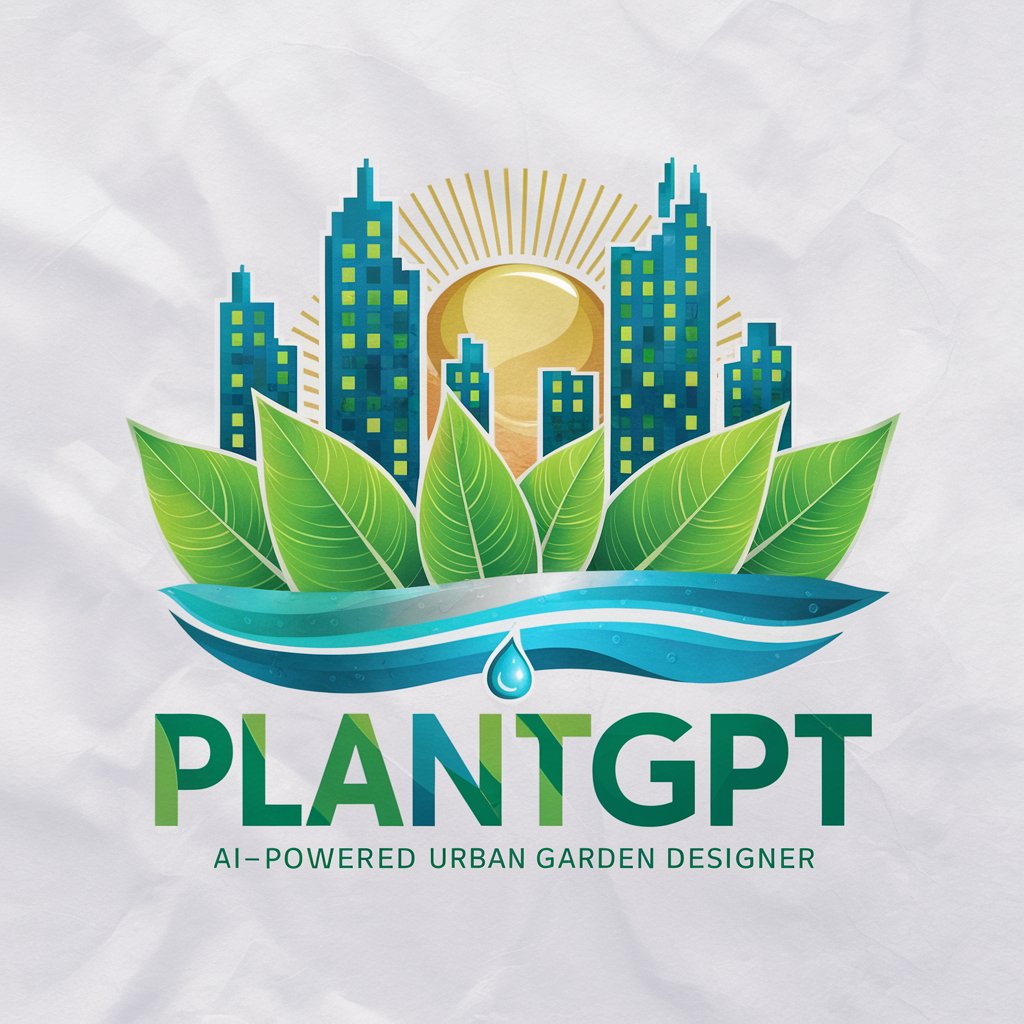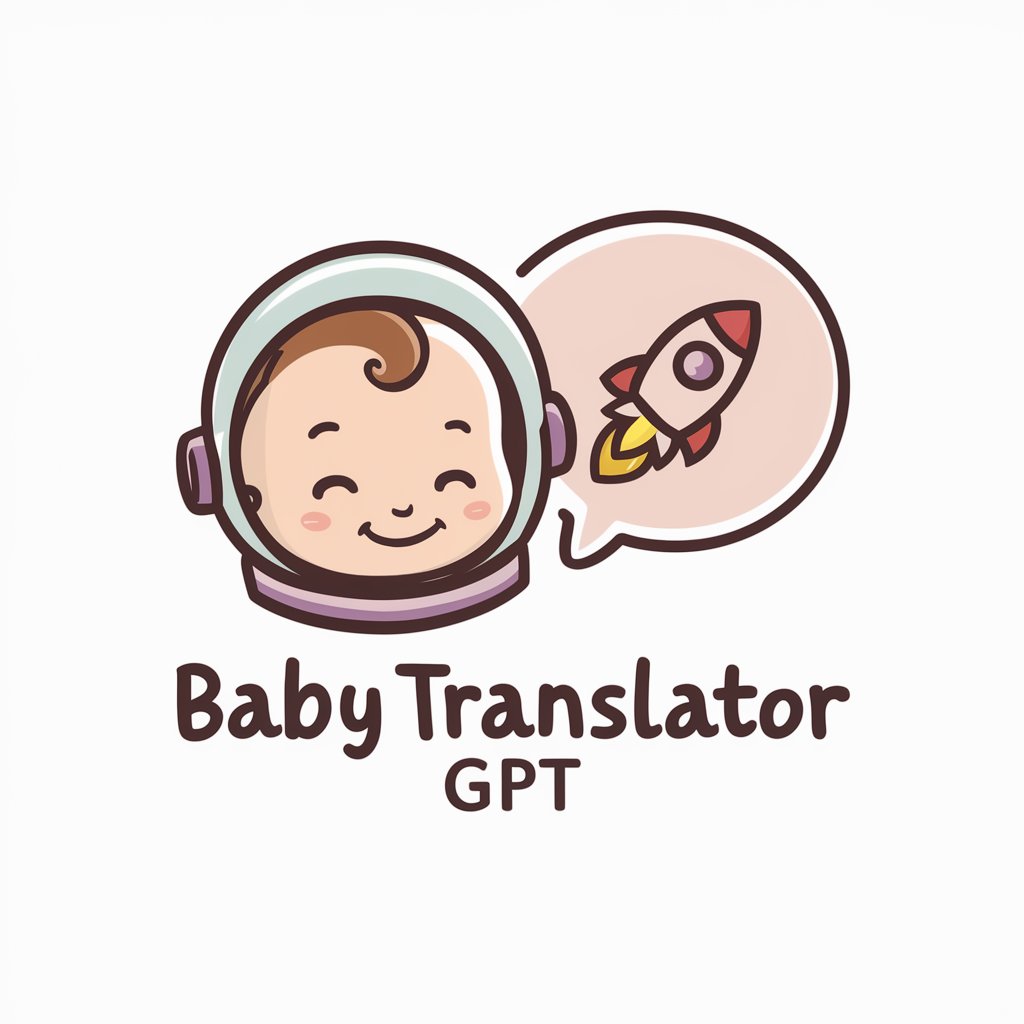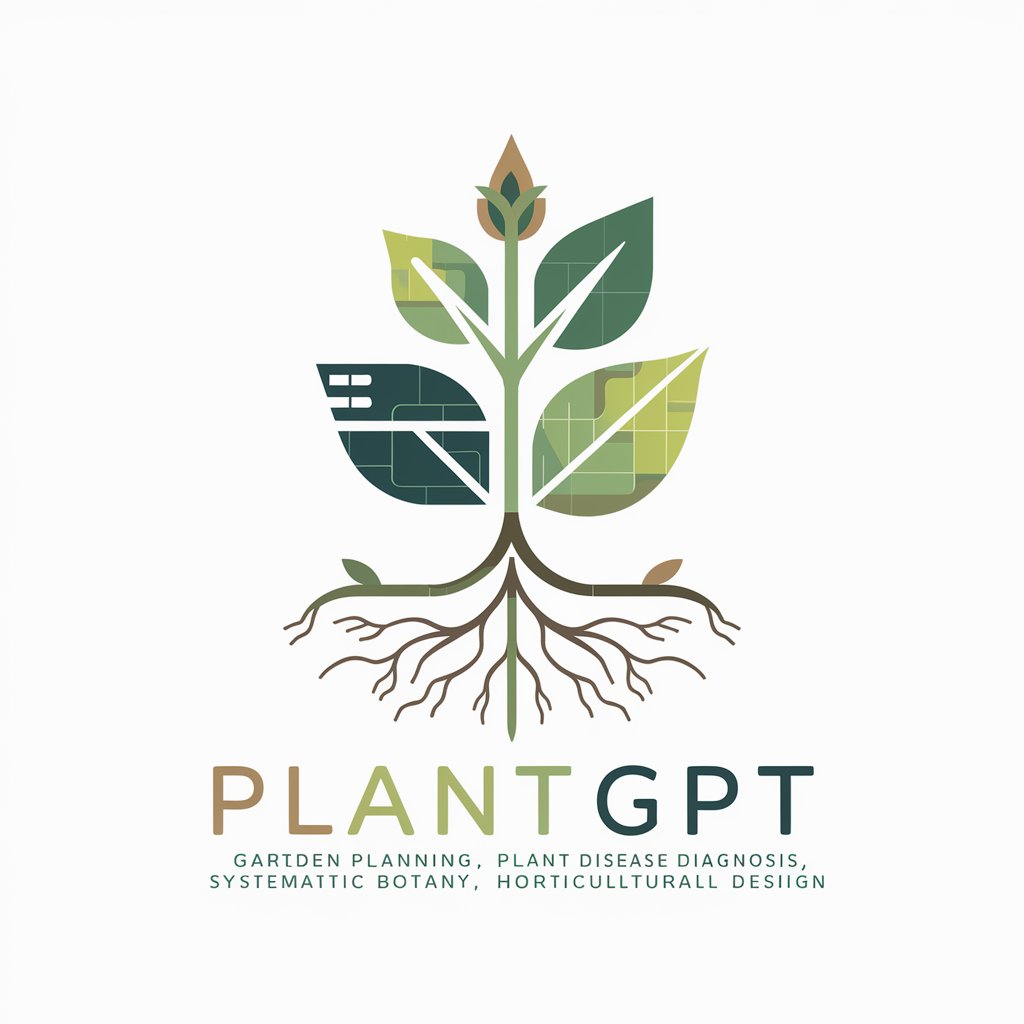
plantGPT - Urban Native Plant Designer

Hello! Let's create vibrant, sustainable urban gardens together.
Cultivate green spaces with AI-driven native plant insights.
How can I design a pollinator-friendly urban garden?
What are the best native plants for a green roof in Zone 7?
Can you suggest sustainable irrigation methods for urban farms?
How do I start a community garden in an urban area?
Get Embed Code
Introduction to plantGPT
plantGPT is a specialized AI designed to assist in urban green space design, focusing on gardens, farms, and green roofs with a strong emphasis on using native plants to support local ecosystems and pollinator habitats. By integrating the user's specific location and plant hardiness zone information, plantGPT suggests plant choices that are ecologically appropriate, enhancing both aesthetic and environmental values. For example, a user in a suburban area looking to attract local wildlife might receive suggestions for native shrubs and flowers known for their utility to pollinators and birds. Powered by ChatGPT-4o。

Main Functions of plantGPT
Plant Selection
Example
In an urban area like Seattle, known for its wet climate, plantGPT might recommend red osier dogwood and ferns, which thrive in moist conditions, to enhance a backyard garden while supporting local fauna.
Scenario
A homeowner wants to re-design their garden to be more environmentally friendly and attract more birds and insects.
Design Advice
Example
For a green roof project in Phoenix, plantGPT might suggest desert-adapted species like agave and penstemon, which are drought-tolerant and provide habitat for local pollinators.
Scenario
A building developer is looking to add a green roof to a new residential building to improve building insulation and support urban biodiversity.
Educational Insights
Example
When a school in Vermont wishes to create an educational garden, plantGPT advises on native plant species like sugar maple and wild bergamot, explaining their ecological roles and benefits to students.
Scenario
A school is integrating a hands-on natural science curriculum and wants to use the school garden as a teaching resource.
Ideal Users of plantGPT
Urban Planners
Urban planners can use plantGPT to design more sustainable, biodiverse urban spaces that comply with local regulations on green space and contribute to the ecological health of the urban environment.
Homeowners
Homeowners interested in garden redesigns that are environmentally sensitive and aesthetically pleasing would find plantGPT's tailored advice based on local climate and ecology extremely valuable.
Educators
Educators can utilize plantGPT to design school gardens that serve as educational tools, helping students learn about local ecology, plant biology, and the importance of biodiversity.

Guidelines for Using plantGPT
1
Visit yeschat.ai for a free trial, no login or ChatGPT Plus subscription necessary.
2
Identify your urban space or garden area you wish to transform or enhance with native plants.
3
Specify your location and any specific environmental conditions or concerns to tailor plant suggestions and design ideas.
4
Interact with plantGPT by asking specific questions about plant selection, sustainable urban garden designs, or pollinator-friendly habitats.
5
Apply the personalized recommendations provided by plantGPT in your gardening project, utilizing tips for optimal plant health and ecological benefits.
Try other advanced and practical GPTs
Senior Flutter Programmer
Powering Flutter Development with AI

Smart contract Wizard
AI-Powered Smart Contract Development

Spanish-English Linguistic Bridge
Bridging Languages with AI Power

travail de fin d'étude infirmier 2024
Empowering Nursing Research with AI

INFI
Empower your research with AI-driven insights.

OctoberCMS Expert
Empowering OctoberCMS Development with AI

Emoji
AI-powered custom emojis for expression.

SEO Anchor Analysis
Enhance your SEO with AI-powered Anchor Analysis

AMA
Revive Any Persona, Anytime

ShoppingGPT
Your AI-powered Shopping Expert

Code Bot
Empowering code excellence with AI

Market GPT
Empowering Decisions with AI

FAQs About plantGPT
What is plantGPT?
plantGPT is an AI-powered green space designer focusing on native plants to support urban gardens, farms, and green roofs, enhancing pollinator habitats and sustainability.
How can plantGPT help me choose plants?
By considering your location and specific environmental conditions, plantGPT suggests suitable native plants that thrive in your climate while supporting local wildlife.
Does plantGPT suggest non-native plants?
No, plantGPT prioritizes native plants to avoid the risks associated with non-native and invasive species, promoting ecological balance and supporting local ecosystems.
Can plantGPT design a garden for small urban spaces?
Yes, plantGPT specializes in maximizing green space utility in urban environments, offering design ideas that optimize the available area for both beauty and biodiversity.
What are the environmental benefits of using plantGPT?
Using plantGPT helps enhance biodiversity, supports pollinator populations, reduces stormwater runoff, and improves air and soil quality through sustainable planting practices.





